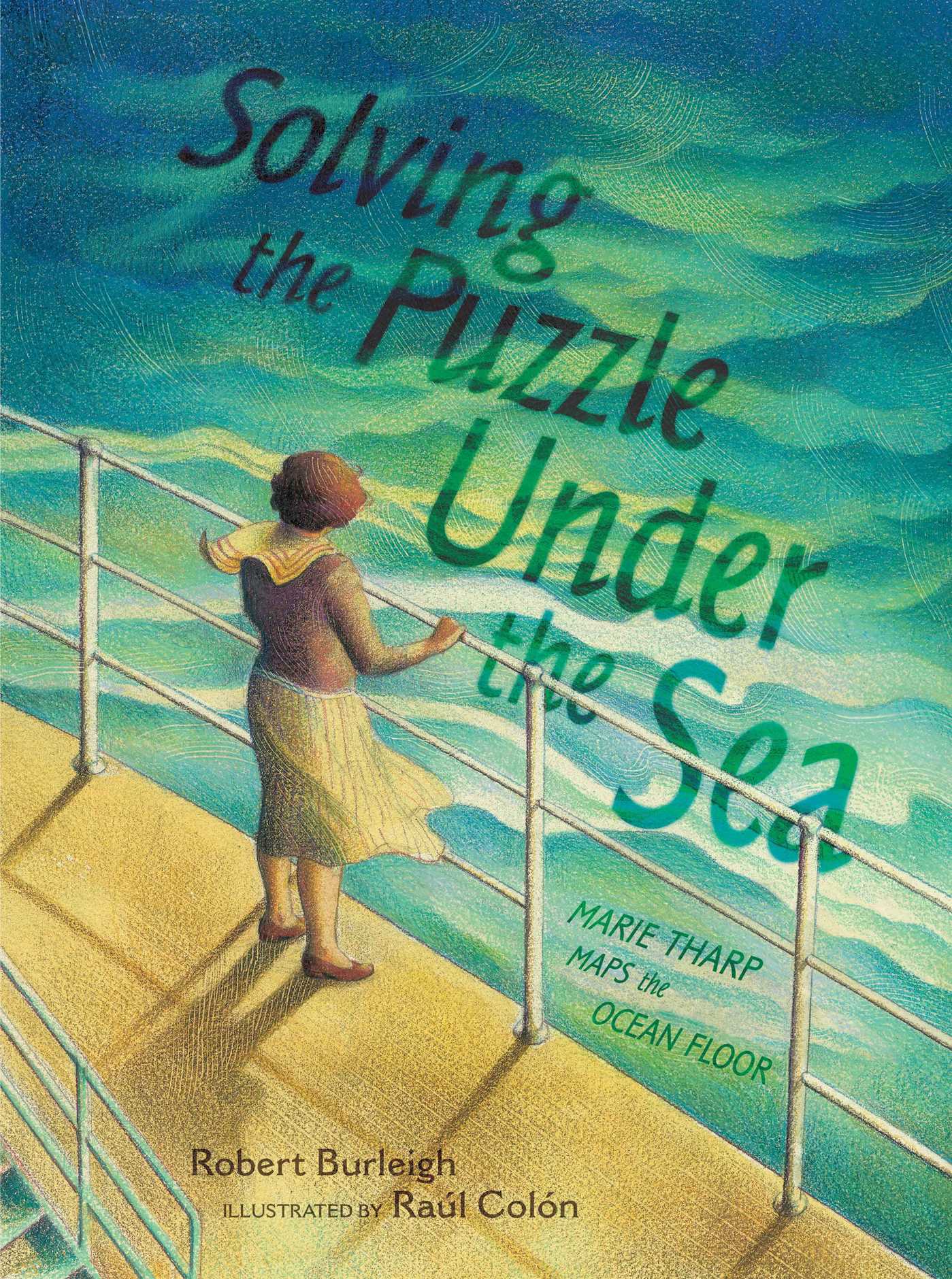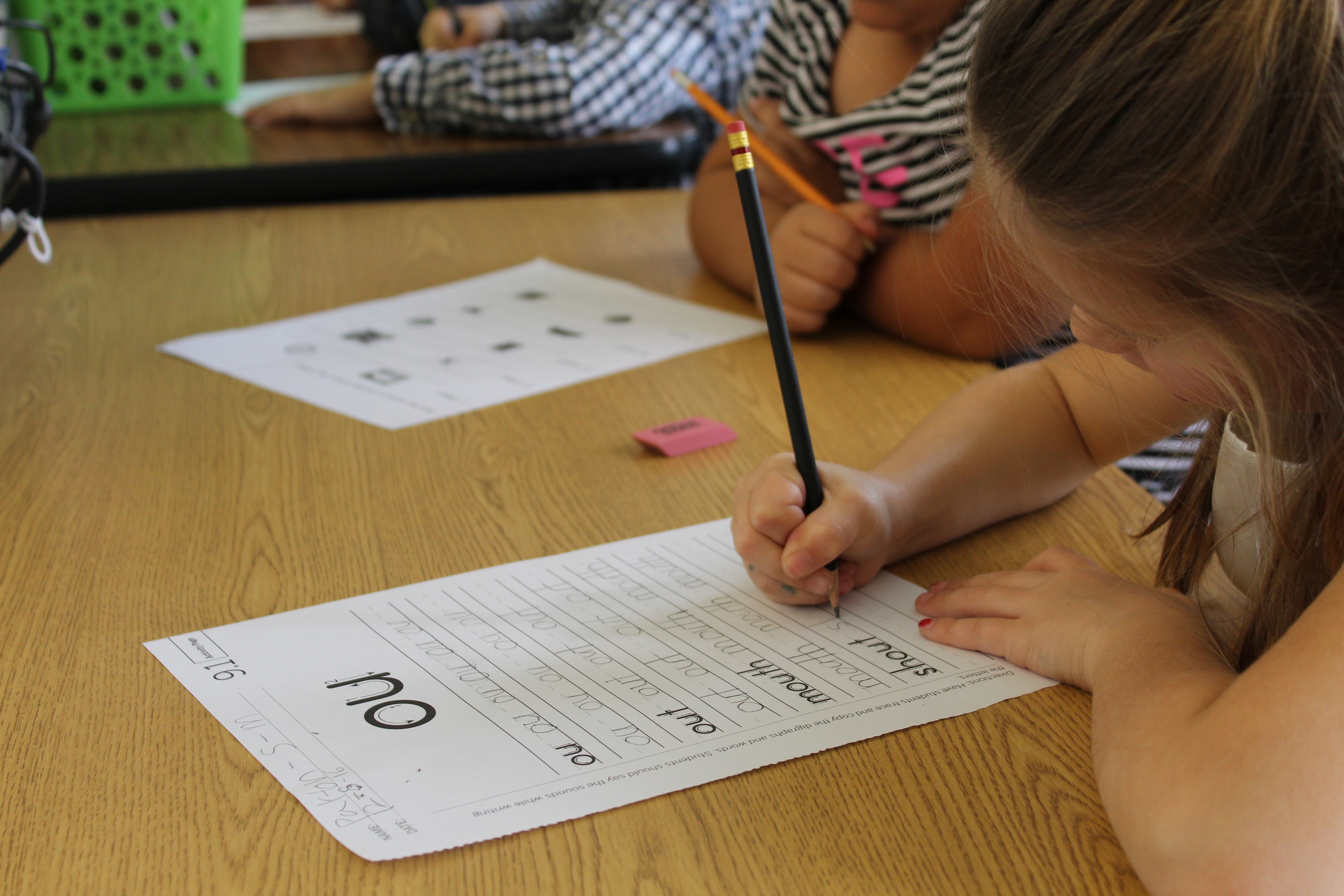March 2018 is Women’s History Month, and you can help celebrate it by sharing with your students texts about the contributions women have made to all parts of society. Need some suggestions for what to read? CKLA is delighted to share this brief guide for teaching Robert Burleigh’s Solving the Puzzle Under the Sea: Marie Tharp Maps the Ocean Floor.
Solving the Puzzle Under the Sea explores the biography of Marie Tharp, the woman who charted the ocean’s floor. In age-appropriate prose, it acknowledges the challenges Tharp faced, such as being told that she could not travel on scientific vessels, where women were considered bad luck. Its rich illustrations will engage students of all ages, even as its scientific content and social commentary offer older students substantive lessons for reflection and application. Students from all backgrounds can identify with Tharp, who made significant scientific advances despite facing obstacles, and who dreamed of understanding the ocean before she had ever seen it.
As with any text, we suggest you read the book prior to sharing it with your class. As you preview the text, consider how best to use it in your classroom. We’ve gathered some ideas below, but we’d also love to hear yours! Share photos and other information on Twitter by tagging #CKLA.
Facilitating the Read-Aloud
Prior to starting the read-aloud, you may wish to ask some questions to help students consider the topic. For example, you may have students brainstorm what the bottom of the ocean is like at its deepest; students could suggest answers or even draw what they might find at the very deepest part of the ocean. If you are using this text with older students who have studied the ocean or the earth (such as Grade 4 CKLA students, who have studied Geology), you may wish to have them review information they have already learned about the ocean’s depths.
You may wish to give students the following purpose for listening: learning about the woman who wanted to understand what was at the bottom of the ocean.
During the read-aloud, you may wish to pause for students to observe the book’s illustrations or to make observations about what has happened so far in the text.
Discussing the Read-Aloud
(Answers appear in parenthesis.)
- Why does Tharp like maps? (She likes the colors and lines and how she can trace a path with a finger. She likes seeing all the places she could explore.)
- What challenges did Tharp face in exploring the ocean floor? (Answers may vary but could include that people thought women would file papers rather than do research, that women were considered bad luck on ships, and that she dreamed of exploring the ocean before she had ever seen an ocean.)
- Tharp says “I bit my tongue” when people told her she couldn’t travel on a boat. What does this expression mean? (She did not really bite her tongue; instead, it means that she did not say what she wanted to say when people told her that her dreams were impossible. Instead, she worked harder to accomplish them.)
- What does Tharp discover in exploring the ocean floor? (She learns that there is a crack in the ocean floor.)
- Why is Tharp’s discovery important? (It supports the theory of plate tectonics, and her map helped prove that the earth’s surface is moving. Together, these ideas help us understand our world better.)
Extending the Read-Aloud
Reflection: Ask students to consider how many obstacles Tharp faced in accomplishing her dream. Then have them identify, orally or in writing, a time when they dreamed of doing something that seemed impossible. What was the situation? How did they feel about that situation at first? How did their feelings change? What made their feelings change?
Application: The text uses similes throughout to help explain how Tharp felt. For example, she says that mapping the ocean floor “was like piecing together an immense jigsaw puzzle” and that she “felt like a detective solving a great mystery.” Have students practice figurative language by asking them to brainstorm different similes to describe Tharp’s work and her feelings about it. For each suggestion, ask students to explain why the simile is a good description of Tharp’s work or feelings.
Imagination: At the start of the book, Tharp explains how she feels maps tell her to “have an adventure. Explore. Discover something new.” Ask students to imagine an adventure they would like to have or a place, subject, or event they would like to explore. Students may draw their answers or describe them orally or in writing.
Research: Provide students with maps and ask them to identify a place that sounds interesting. Have students research that place and gather information about it, either orally with a partner or through independent writing. You may wish to have students use their information to write an informative piece about their location or to compose an opinion piece about whether or not they would like to live in this location, based on what they have learned from researching it.
Share this post
.png)

